Chef's Talk
Chef Pam - Pichaya Utharntharm
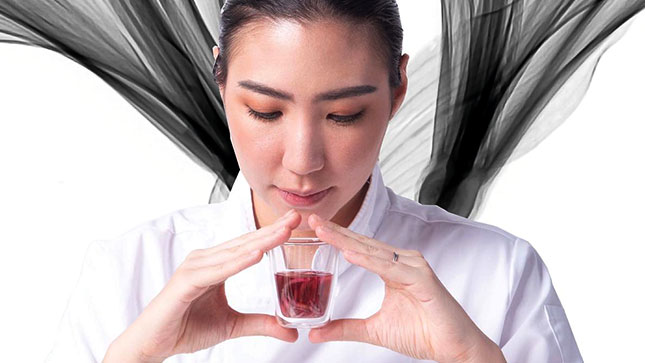
Thai by birth, multiracial Thai-Chinese-Australian Chef Pam (Pichaya Utharntharm) was brought up in Bangkok. Pam started her culinary career when she moved to the United States and spent years of training at three Michelin stars restaurant, Jean-Georges. Chef Pam became the first youngest chef to be awarded as the winner of the “Asia Youth Hope Cooking” contest by Les Disciples d’Escoffier.
Different times and locations can greatly influence one tasting profile over another. Through her researches and culinary journey, Chef Pam defines her own framework by mastering each element. Every element encompasses its very own unique and inherent properties and when combined, they work simultaneously to create one united universe. This has led her to develop a culinary principle – THE 5 ELEMENTS – which become the determination of the cuisine at her POTONG restaurant.
Thai by birth, multiracial Thai-Chinese-Australian Chef Pam (Pichaya Utharntharm) was brought up in Bangkok, Thailand. Pam started her culinary career when she moved to the United State and spent years of training at the three Michelin stars restaurant, Jean-Georges.
Later on, she became the first youngest chef to be awarded as the winner of the “ASIA YOUTH HOPE COOKING” contest in 2011 by Les Disciples d’Escoffier and was awarded as “THE YOUNG WOMEN OF THE YEAR 2012” from Her World Magazine. Pam is known for her attention to detail and with this success, she was selected in Forbes Under 30, before moving to become the judge of Top Chef Thailand and guest judge for Top Chef Arab World in the Middle East.
Was your decision to become a chef conscious or did you fall into it?
I was into cooking since I ever remember. My mom always let me cook with her in the kitchen. I always knew that I would love to be a chef and my family support me through.
What are some emerging food trends that you’re noticing?
I am so glad that food scene in Thailand is growing and not only about finding the best ingredients but on “how” to express that next step that the chef would like to convey the message out to the guests. Which for me, I think the emerging food trend is probably establishing a new cuisine itself. I am currently working on that with my “Progress Thai-Chinese” cuisine here at POTONG.
What’s an emerging ingredient that you’re using a lot of these days?
Here at POTONG, I work with fermenting my own ingredients a lot. So I would say that the emerging ingredient I use a lot is “TIME”. I fermented my own soy sauce, vinegar, ginseng honey and many more. These are used throughout all my dishes in the course. Moreover, I also work with local farmers, fisherman, organic farmers from different parts of Thailand. I am fond of the ingredients that tell its own stories. For example, I work with local fisherman down in the south of Thailand and everyday they will send me limited catch of seafood that is fresh, no hormone, no antibiotic and line caught. One of the catches is that, I wouldn’t know what will be sent here! But I think it my job to honor these ingredients to the guests.
What would you cook at home if you were just making a laid-back dinner?
Simple pasta and what’s left over in the fridge.
What’s the difference between running a restaurant in the US and running one in Bangkok?
I must admit that food scene in Thailand is still growing while in the US it is already emerged. However, I love the fact that with current food scene in Thailand – we as chefs are now able to express our philosophies of food to our guests and they are receiving them really well.
Do you source as much local produce as possible for each restaurant and does this have a big impact on the menu?
Yes. It is. Currently I have 3 different restaurants namely The Table by Chef Pam, SMOKED (4 branches), and restaurant POTONG. Although all of my restaurants definitely support local produces, my latest restaurant POTONG, we go beyond that. Some of our local produces are as close as Chinatown (with their true expertise in Thai-Chinese over 100 years!) some go as far as north and down to south of Thailand. We do have multiple local produces in order to be able to make those ingredients reach our table consistently – which is definitely not an easy task.
How is people’s relationship with food different in South East Asia?
I believe it all comes down to the tradition and its history of the people in each of the country of South East Asia. Here in South East Asia, more of us still live with our parents even when we are married! This tells a lot in terms of how we eat. Our cuisine shows this in having many dishes at the table at the same time, you can see this in the root of both Thai, Chinese, Malaysian, Laos, and more.
Why do you prefer to choose Aussie beef to cook with?
As a Chef, it’s important to know where your meat is coming from and how it is being produced. I choose Australian beef because of its good quality, it’s well-raised, and the constant consistency. These factors help enhance the flavours of my dishes and give me the freedom to change menus and types of cut for each season.
Australia provides one of the best environments for producing some of the best quality beef available in the world. Australian farmers really care about their livestock, their animals roam freely and are only ever fed the best grain and grass. All of this contributes to the flavour and taste of the beef, and for me as a professional Chef that is incredibly important.
Is there one dish that sums up your style?
Although my favorite dish that I create do change from time to time, at this very moment it is “Squid Noodle”. This dish is one of the courses in my full 20+ course here at POTONG. The dish took inspiration from the original local Thai-Chinese dish of fried squid XOXO and Keow Teow Kua Khai. The dish encapsulated the “aroma” and “taste” of fierce wok in fire. The dish sounds simple but take years of experience and perfect timing to complete it.
Will any of the dishes you discovered recently be making their way onto your menus?
I would say the “Black Chicken” recently were added to my menu at POTONG. Me and my executive sous-chef (Chef Ricardo Nunes), were trying hard to make our own version of black chicken that have never done before. Normally black chicken is used for making soup in Thai-Chinese cuisine and most of the time the chicken meat itself goes to waste. We thought hard on how to reinvent the dish and use all parts of the black chicken. We come up using all part of the chicken including the innards like its heart. Serve together with black rice that we carefully sourced from northern part of Thailand and the XO sauce that were fermented in house. It became the star dish at our restaurant.
If you had to move somewhere other than Chinatown, where would you go?
It is hard to answer this question particularly for my latest restaurant POTONG. It was meant to be here, because the building was own by my ancestor (I am the 5th generation) and has its own 120 years-old story of itself. It is fully emotional and spiritual at the same time.
Do you try out dishes on your family or friends?
Yes! My family and husband – they are my victims!
What do you think the most important qualities are in a young chef?
Dedication, passion, and persistence.




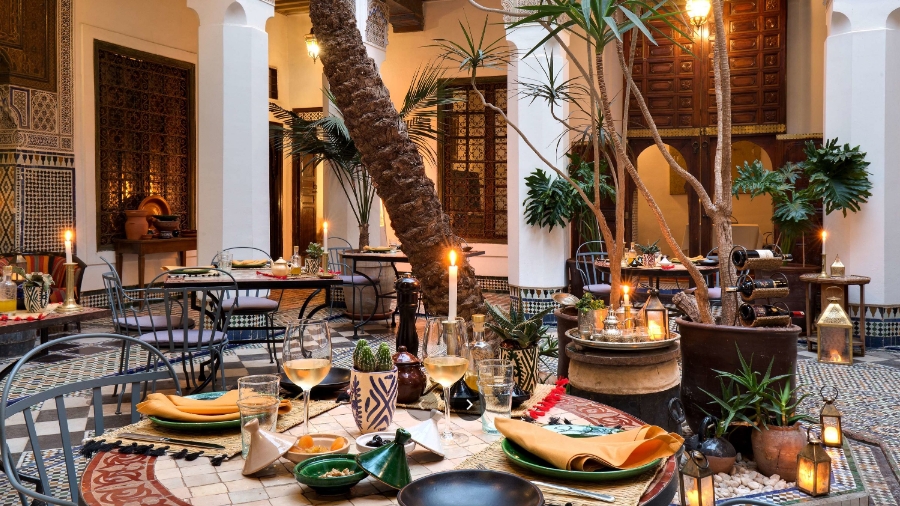



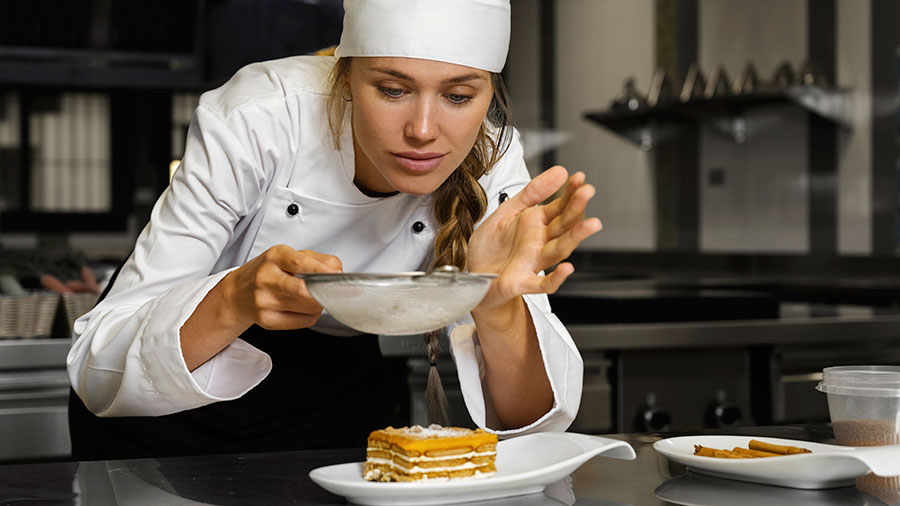
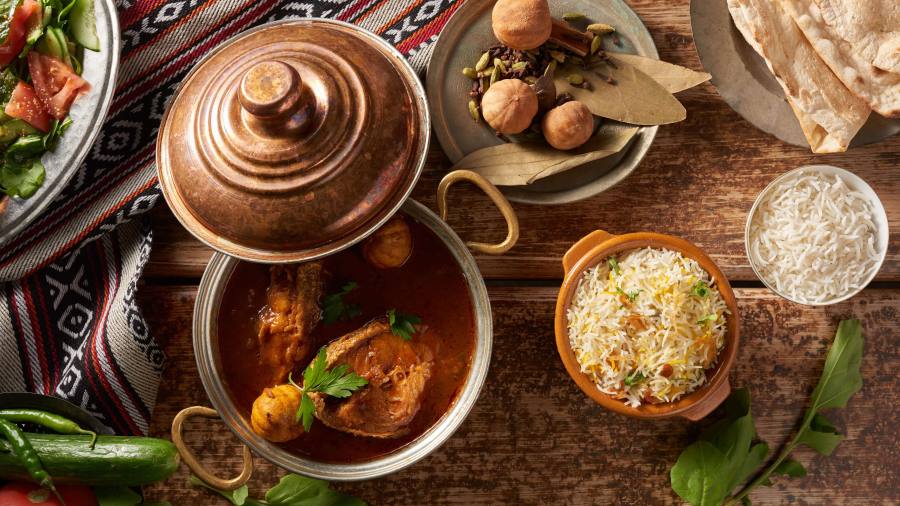

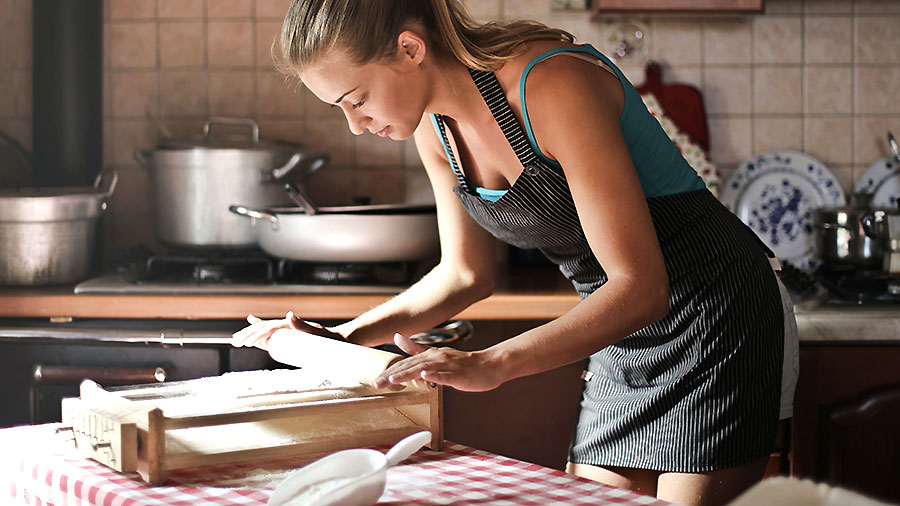
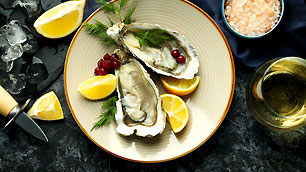 Must Try Foods
Must Try Foods
 World's Newest Restaurants
World's Newest Restaurants